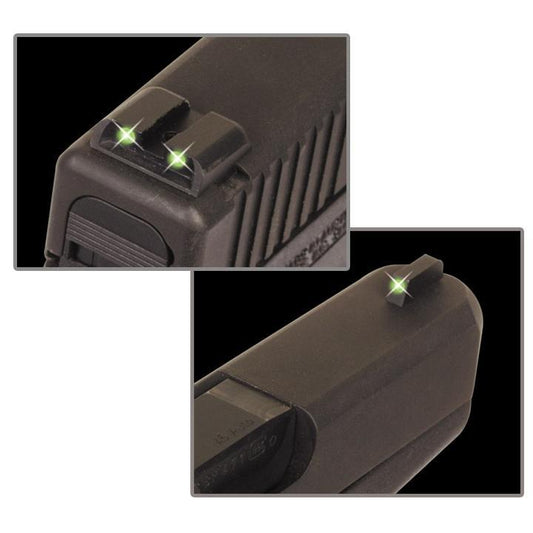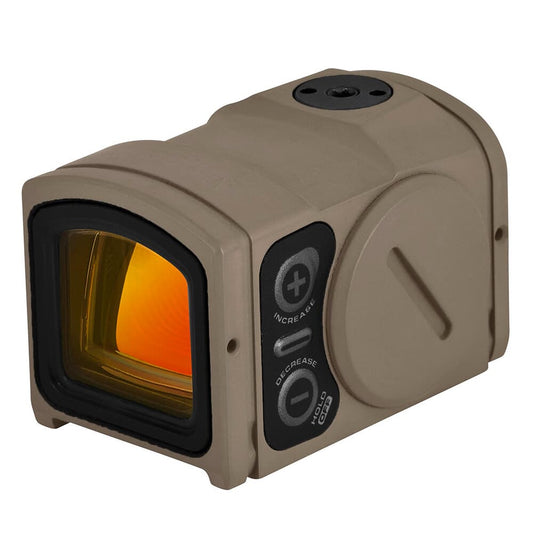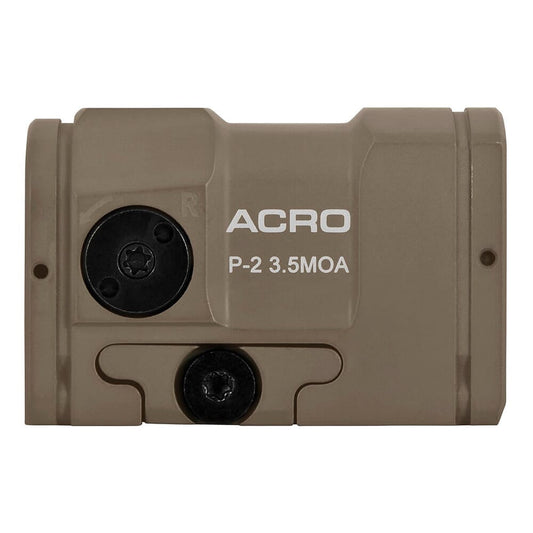

Truglo Tritium Sights for S&W M&P models, including SHIELD and .22 variants (excluding certain compact models), provide reliable visibility in low-light conditions. Designed with tritium technology, these sights emit a bright green glow without the need for batteries or external light. Their CNC-machined steel construction ensures durability, while the snag-resistant design supports quick drawing from holsters. Elevate your shooting confidence with these precision-engineered sights that adapt seamlessly to various tactical scenarios.
Easy installation makes these sights accessible for both beginners and experienced shooters. They fit standard holsters, enhancing everyday carry convenience. The waterproof and fog-resistant features ensure performance under various weather conditions, guaranteeing consistent accuracy. Upgrade your shooting setup with Truglo Tritium Sights and experience enhanced target acquisition in any environment.
Features:
- BRIGHT TRITIUM GLOW for unmatched visibility in low light conditions.
- DURABLE CONSTRUCTION made from CNC-machined steel for longevity and reliability.
- NO BATTERIES REQUIRED ensures your sights are always ready to perform.
- SNAG-RESISTANT DESIGN allows for a smooth draw from the holster.
- EASY INSTALLATION tailored to fit S&W M&P, SHIELD, and select .22 models.
- STANDARD HOLSTER COMPATIBILITY ensures versatility for everyday carry.
- WATER AND FOG RESISTANT for reliable performance in any weather.
- INTUITIVE SIGHT ALIGNMENT supports quick target acquisition.
Technical Specifications Table
| Feature | Specification |
|---|---|
| Type | Tritium Night Sights |
| Fit | S&W M&P, SHIELD, .22 models (excluding certain compact models) |
| Material | CNC-Machined Steel |
| Color | Green (day and night) |
| Weight | Approx. 0.5 oz |
| Dimensions | Standard size for M&P series |
What’s in the Box?
- Truglo Tritium Sights (front and rear)
- Installation instructions
Customer Reviews
“These sights are a game changer! Perfect for low-light conditions.” - John D.
“Installation was a breeze, and they work flawlessly.” - Mike L.
“The glow is just right, very bright without being blinding.” - Sarah K.
FAQ
Q: How do Truglo Tritium Sights compare with standard sights?
A: Truglo Tritium Sights offer a significant advantage in low-light conditions, providing a glow that does not depend on external light sources, unlike standard sights.
Q: Can I use these sights on my compact models?
A: Unfortunately, these sights are designed specifically for standard models and may not fit compact versions like the .22 Compact or C.O.R.E. Please check compatibility before purchase.
Similar Models
Looking for other exceptional sights? Explore our complete collection of Truglo products, including options tailored for different firearms and styles. Discover the perfect sighting solution that enhances your shooting experience.
You May Also Like
Here’s some of our most similar products people are buying. Click to discover trending style.








